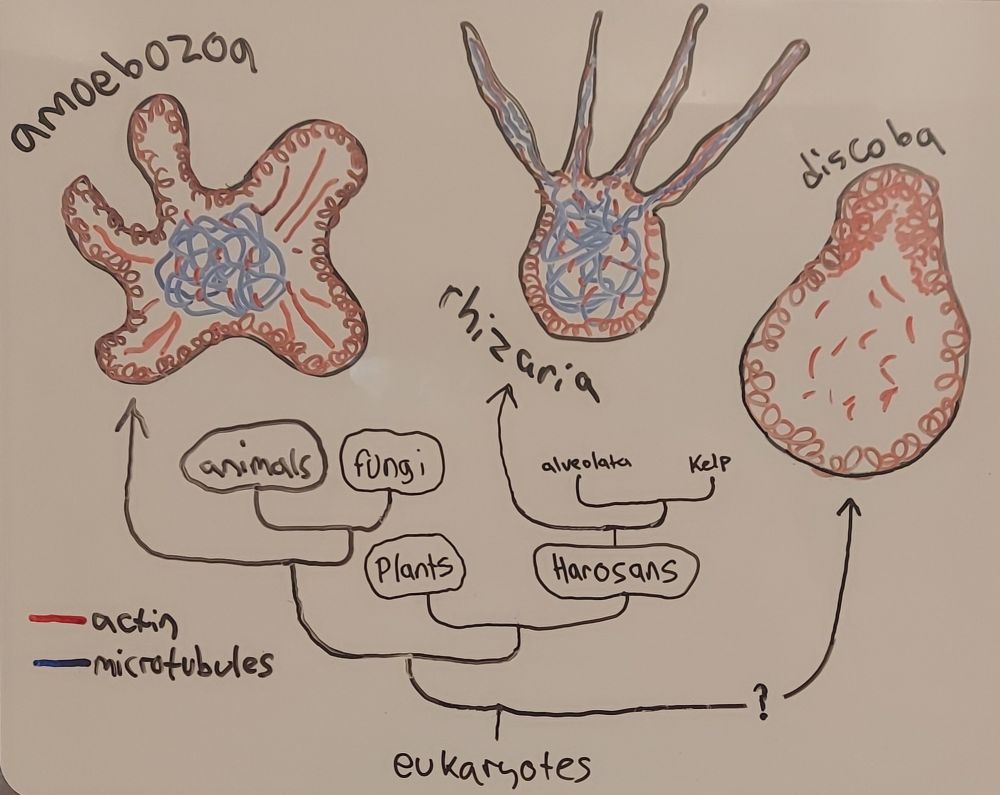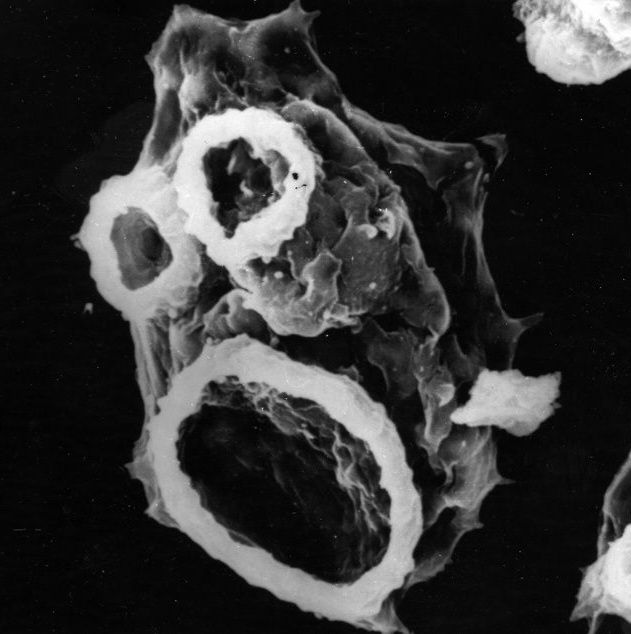regular slime guy
@regularslimeguy.bsky.social
700 followers
90 following
2.1K posts
amateur slime mold enthusiast
Posts
Media
Videos
Starter Packs










